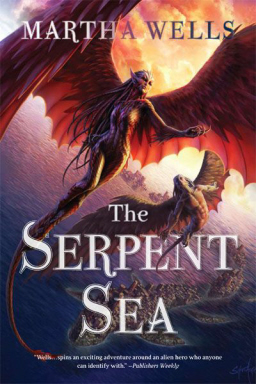Revisiting The Chronicles of Amber
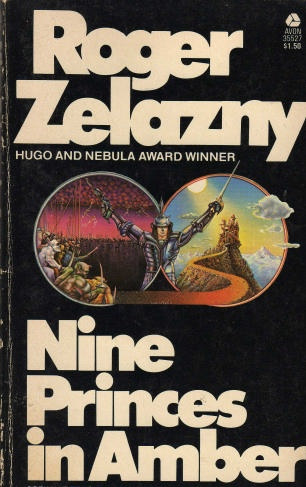 In my never-ending quest to bring heroic fiction and sword-and-sorcery to a wider audience, I have been writing essays for National Public Radio. Last May they carried an article I drafted about three books reprinting pulp (and slick) magazine treasures.
In my never-ending quest to bring heroic fiction and sword-and-sorcery to a wider audience, I have been writing essays for National Public Radio. Last May they carried an article I drafted about three books reprinting pulp (and slick) magazine treasures.
Today, as part of their Guilty Pleasures series, I waxed on about one of my very favorite series, Roger Zelazny’s Chronicles of Amber. I can’t say as I feel especially guilty about loving the first Amber series, although I do always have to mention a few caveats when I recommend it. For instance, I usually emphasize that I didn’t care nearly as much for the later sequel volumes.
I discovered Zelazny’s Amber at about the same time I read Fritz Leiber’s Swords Against Death and a whole slew of Michael Moorcock novels. As a young teenager, those stories effectively blew my mind. I can honestly say that there’s no fantasy series that had as great an impact upon me. Even today, some twenty years after my last reading, I can still quote portions extensively. If you’re a fan of heroic fiction and sword-and-sorcery, you really owe it to yourself to give it a try
If you want to know more about Amber, check out the article, and if you’re wanting to see more coverage of genre work at NPR I hope you’ll Like, Tweet, Recommend, or whatever else the page.

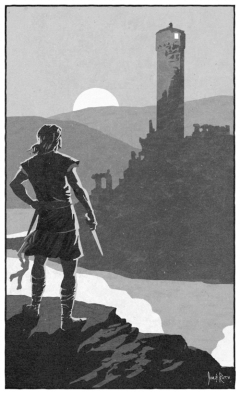
 Don’t you love it when alliteration works out like that? I do.
Don’t you love it when alliteration works out like that? I do.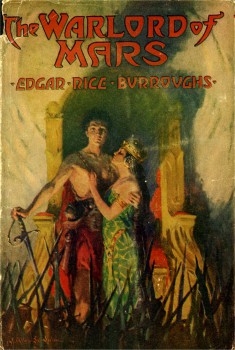 Although there are still eight more books to go in the Mars series, with The Warlord of Mars I can bring to a conclusion Phase #1 of the saga: this completes the “John Carter Trilogy,” and the books that follow it take different paths with new heroes. John Carter will not return to the protagonist role until the eighth book,
Although there are still eight more books to go in the Mars series, with The Warlord of Mars I can bring to a conclusion Phase #1 of the saga: this completes the “John Carter Trilogy,” and the books that follow it take different paths with new heroes. John Carter will not return to the protagonist role until the eighth book, 
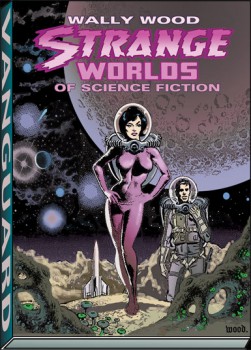
 Keeper of Dreams
Keeper of Dreams 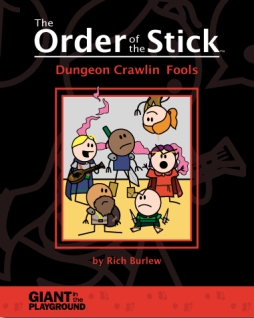 Dying is easy, the old saw has it, but comedy … that’s hard. Only — what happens if we’re talking about a world in which miracles happen to order, and people come back to life whenever a priest wants? Dying suddenly isn’t quite so easy. But comedy, real comedy … that’s still pretty hard.
Dying is easy, the old saw has it, but comedy … that’s hard. Only — what happens if we’re talking about a world in which miracles happen to order, and people come back to life whenever a priest wants? Dying suddenly isn’t quite so easy. But comedy, real comedy … that’s still pretty hard.